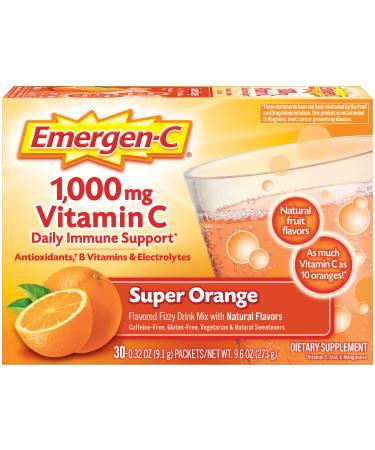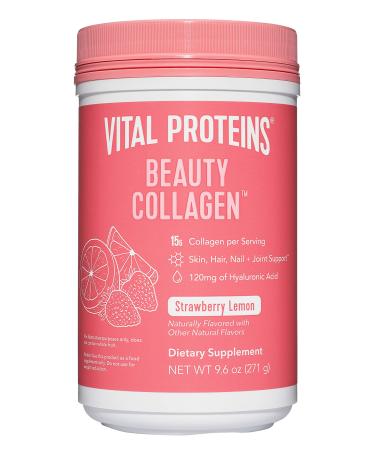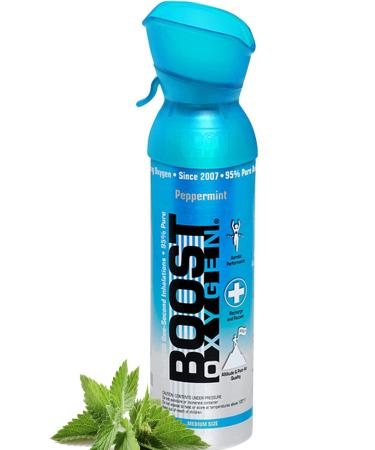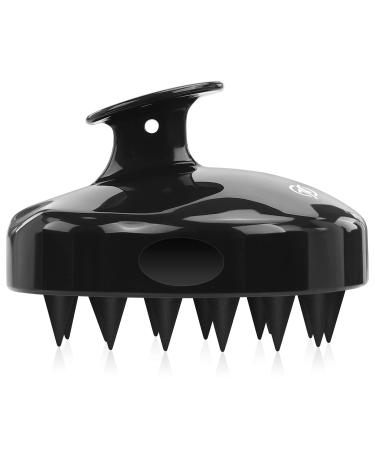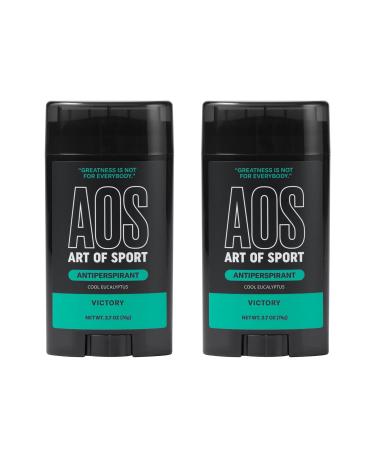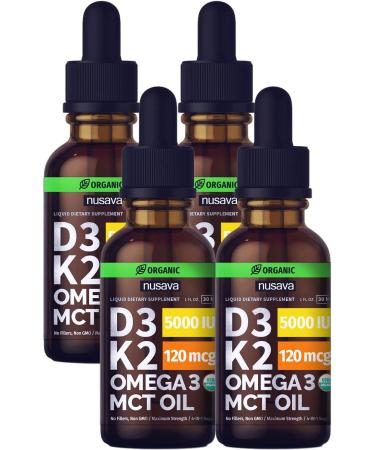What Is Barley and Why Do People Love It The barley grain has been a part of the human history for over 10,000 of years. It was one of the first cultivated grains. It's safe to assume that people have been enjoying wild barley long before they learned the skills of agriculture. At that time, all plants and other foods were as there were no chemical solutions to treat them with. Today, Food To Live offers you a chance to enjoy 100% non-GMO Barley. The people of today use barley very often. It's the fourth most common cultivated crop worldwide. A great number of healthy food products are made with barley, including cereal, flour, and even barley grass juice. Malted barley is a very popular sweetener. It's also used to make some great beer, whiskey, and a few other beverages. Barley malt powder is often included in processed products as a healthy sweetener. Is Barley Gluten-Free The barley grain is not gluten-free. Therefore, you should avoid it the same you do wheat and rye if you are sensitive to this protein. However, there are ways to enjoy the nutritional benefits of barley even if you can't consume the seeds directly. What Is Barley Malt Malted barley is a great type of food with many applications in the kitchen and commercial food production. It's used to make whiskey, beer, vinegar, and a variety of drinks and sweets. As it's naturally sweet, manufacturers often add it to bread, cookies, and bagels. To make barley malt you'll need to soak the seeds to have them start germinating. Once they do, the grain must be dried using heat. The process is called 'malting' and it makes the grain very sweet. This happens because at the early stages of germinating, the seed releases a special kind of enzymes. They transform starch locked within it into various types of sugar. The actual level of 'sweetness' and taste of malted barley will depend on when exactly you halt the germination. The name 'malt' comes from 'maltodextrines', which are the types of higher sugars unlocked by germination. Bear in mind every time you see word 'maltose' on a food label, it means sugar. Consider this if you want to limit your intake of glucose. You should also look up other names of sweeteners as many manufacturers use them instead of plainly stating the sugar content. Malted Barley: Sweetener Extraordinaire Barley malt powder is known as 'sweet meal' and you can use it to bake any kind of treat you love. If you read the labels of many sweet products, you are likely to find some type of malt in the list of ingredients. The main form of this natural and healthy sweetener is the so-called barley malt extract. It's rarer than honey, molasses, or maple syrup, so you might have a hard time finding it in a store. If you do have it, bear in mind that it's actually less sweet than regular sugar. When working with barley malt powder, you'll need to use about 1 1/3 cup for every cup of white sugar in a recipe. However, the extract's sweetness can vary, so you'll have to taste it before deciding on the best proportions. Bear in mind that the taste will differ depending on the manufacturer. Barley malt extract might be safe for a gluten-free diet as it contains only a small amount of this protein. However, if you are highly sensitive or just want to stay on the safe side, avoid this product. According to the FDA regulations, products sold in the US with 'malt' in their ingredients list have 'barley malt'. Several types of whole grains can be malted, so take your time studying the label. If the food contains any malt but barley, it should say so. Note that certified gluten-free products cannot contain any malt. You also should be aware that determining the amount of malt (and therefore gluten) in a food is very difficult. Tests for this particular element produce different results based on the technique used.



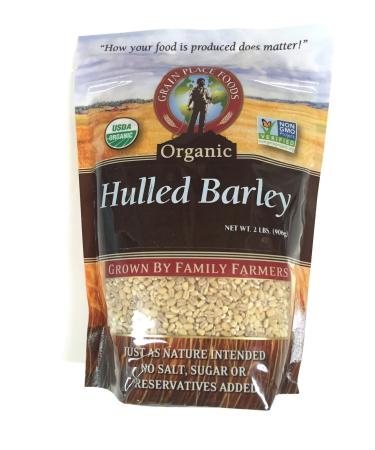
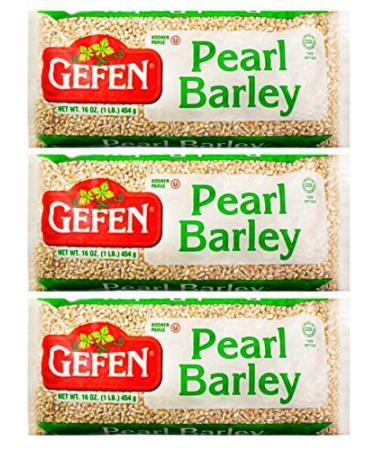

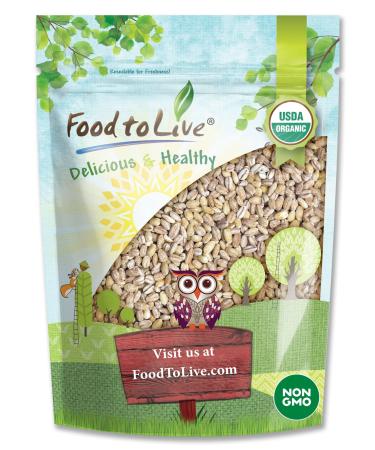






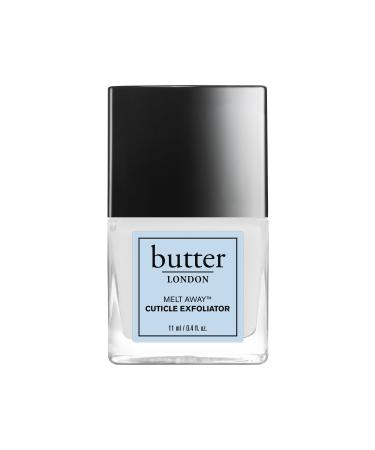
![Stewart Freeze Dried Dog Treats Made in USA [Single Ingredient Puppy and Dog Training Treats - Grain Free Natural Dog Treats] Resealable Tub to Preserve Freshness](https://www.gosupps.com/media/catalog/product/cache/25/small_image/375x450/9df78eab33525d08d6e5fb8d27136e95/6/1/61gwbbixarl._ac_sl1500_.jpg)
